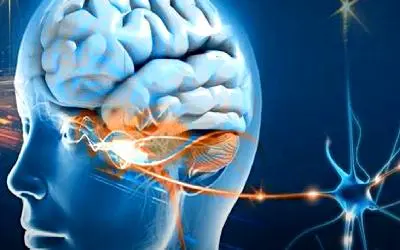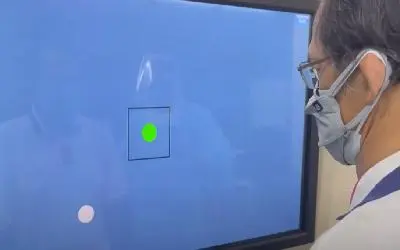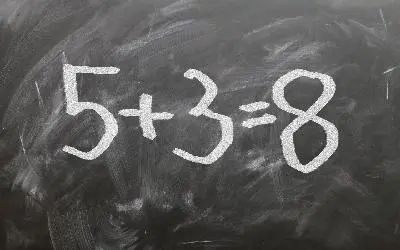BLOGPOST
NAVIGATING THE INSIGHTS OF NEURAL VISION SPECIALIST
Welcome to our latest blog post. This post is dedicated to individuals undergoing or considering neuro vision therapy, a specialized form of therapy aimed at improving visual function and processing. Here, we delve into what neuro vision therapy entails, its benefits, and how it can significantly enhance the quality of life for those with visual dysfunctions.
The blog features expert insights from eye care professionals, success stories from patients, and practical tips for making the most out of your therapy sessions. Whether you’re a patient, a caregiver, or just someone curious about this innovative approach to eye care, this post offers valuable information and guidance. Join us as we explore the transformative world of neuro vision therapy and provide you with the knowledge and support you need on your journey to better vision.
Post-Concussions vision problems
Traumatic Brain Injury (TBI), specifically concussions, is a major health problem in Malaysia, particularly among young adults. After a concussion, individuals often experience Post Trauma Vision Syndrome (PTVS), which can cause symptoms such as dizziness and difficulty coordinating the eyes due to brain damage. PTVS can impact reading skills, balance, and result in headaches or migraines, as well as problems with eye movement, focusing, and convergence. Neuro-Optometric Vision Rehabilitation is a treatment program that assists patients in improving their visual function by addressing these issues.
Treatable Vision Problems That Mimic Dyslexia Symptoms
Children with reading and writing difficulties may be misdiagnosed with dyslexia when the issue is actually related to their eyesight. Dyslexia affects reading abilities in intelligent individuals, but some children may have both dyslexia and vision problems, while others only have issues with their eyesight. Three common eye problems can mimic dyslexia symptoms: difficulty with left and right directions, visual fatigue, and poor eye movement control. Experts in both dyslexia and eye problems should evaluate the child to accurately differentiate between the two. In some cases, a child may have both dyslexia and an eye problem, requiring separate solutions. Consult professionals specializing in dyslexia and eye therapy for the correct diagnosis and treatment.
Stroke Visual Expansion Field
Hemianopia is a condition causing vision loss in half of the visual field, often due to stroke, brain tumors, or injuries. It affects 1 in 1000 people and one-third of stroke rehabilitation patients. In Malaysia, treatment options include the Peli Lens™, which offers a wider visual expansion field, and vision therapy for scanning. The Peli Lens™ is generally preferred due to its effectiveness and cost-efficiency. The “EP” Expansion Prism system is another tool that helps detect obstacles in the blind field, especially during movement. Its fitting process is simple and affordable, with a 50% acceptance rate at 12-month follow-up.
Therapy help stroke patients to see things in 3D
Researchers at Saarland University have developed a new therapy for “binocular fusion dysfunction,” a condition that disrupts the brain’s ability to merge images from both eyes, causing vision problems. This condition affects around 20% of stroke patients and up to 50% of those with brain injuries. The therapy involves a six-week training program that helps improve coordination between the eyes. After the training, all participants showed significant improvement in merging images and depth perception. The findings also suggest that damaged brain areas could recover with appropriate therapy.
Why Behavioural Or Developmental Optometrist ?
Optometrists label themselves as behavioural because vision issues can affect behaviour, causing avoidance of tasks like reading due to fatigue and headaches. They’re called developmental optometrists because they assess and treat the progression of visual skills like focusing and comprehension through vision therapy.
The Way Functional Vision Impact Reading, Writing, and Arithmetic
Functional vision problems can significantly affect a child’s performance in reading, writing, and arithmetic. These issues are often not detected by standard school vision screenings but can greatly impact a child’s academic and social life. Vision problems can hinder a student’s ability to recognize and remember numbers and letters, affecting comprehension. It may also lead to difficulties in deciphering decimals and signs in math, and challenges in writing in a straight line or distinguishing similar-shaped letters. To identify these issues, it is recommended to seek advice from a developmental optometrist for a comprehensive functional vision assessment.






